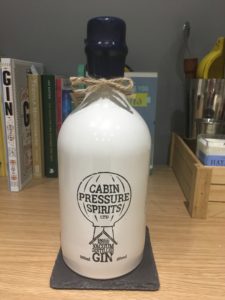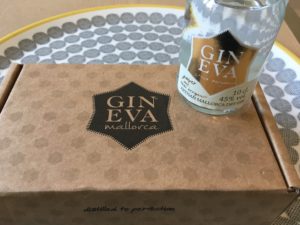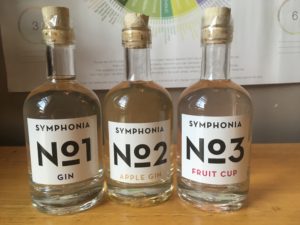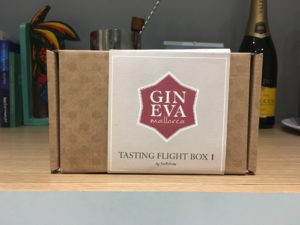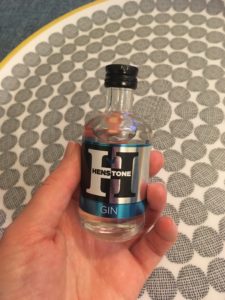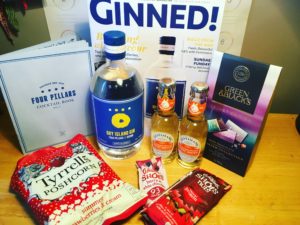Note: The team at Maverick Drinks sent me a bottle to try, but as always – I’ll let you know what I think.
 That Boutique-y Gin Company have done it again. They’ve found a random new fruit for us all to try. Today is is a finger lime. Finger limes come from Australia and they burst open with caviar-like balls which pop in your mouth (FYI this is not something I am a fan of, I have a strange thing about textures) to release a zesty burst of citrus. There’s some debate around whether a finger lime is actually a citrus fruit – currently it is classed as a “microcitrus” although apparently on a molecular level it is nothing like citrus fruits at all. But anyway. Enough nerdy chat. Let’s drink some gin.
That Boutique-y Gin Company have done it again. They’ve found a random new fruit for us all to try. Today is is a finger lime. Finger limes come from Australia and they burst open with caviar-like balls which pop in your mouth (FYI this is not something I am a fan of, I have a strange thing about textures) to release a zesty burst of citrus. There’s some debate around whether a finger lime is actually a citrus fruit – currently it is classed as a “microcitrus” although apparently on a molecular level it is nothing like citrus fruits at all. But anyway. Enough nerdy chat. Let’s drink some gin.

